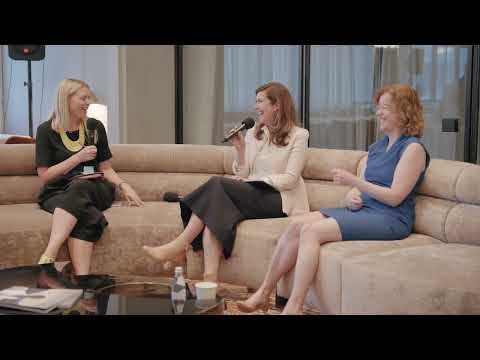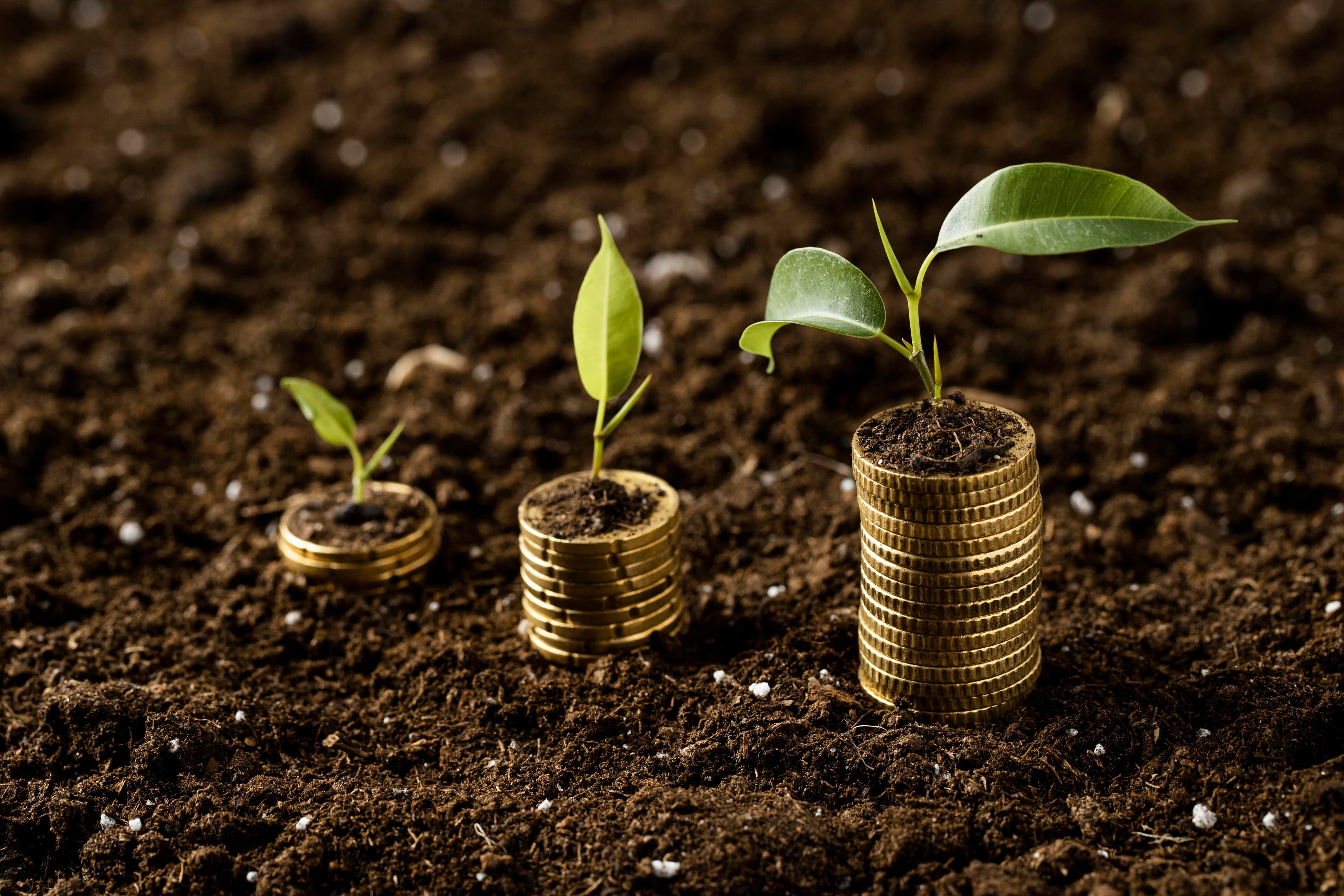
06/09/2024
Bioeconomy: circular by nature
Prof. Edson Grandisoli
Educational Coordinator and Ambassador of the Circular Movement
One of the major challenges (perhaps the main one) facing humanity in recent centuries is how to ensure socioeconomic development through practices that conserve and regenerate natural environments. Many models have been proposed and discussed in this direction, such as green economy, payment for environmental services, sustainable forest management, circular economy, bioeconomy, among others.
Within this complex landscape of conceptual and practical perspectives, the Bioeconomy and Circular Economy emerge as two fundamental pillars for building a more sustainable, resilient, and innovative economic model. Both concepts seek to transform how we interact with natural environments, produce, consume, and dispose of materials, promoting efficient resource use, waste reduction, and environmental conservation. The Bioeconomy and Circular Economy present unique opportunities to reconfigure productive sectors, stimulate innovation, and minimize environmental impacts. To explore these two models further, please read the definitions below.
Bioeconomy | Circular Economy |
Economic model based on the use of renewable biological resources, such as plants, animals, microorganisms, and biomass, to produce food, energy, materials, and chemicals in a fairer and more sustainable way. Instead of relying on fossil and non-renewable resources, for example, bioeconomy promotes the use of biological raw materials, leveraging advances in biotechnology, precision agriculture, and bioengineering. This not only helps reduce greenhouse gas emissions but also stimulates job creation and the fair and inclusive economic development of local communities. | Model aimed at closing the product lifecycle by extending its use, reusing materials, recycling, and minimizing waste generation. Unlike the traditional linear model of "extract, produce, discard," Circular Economy aims to promote a regenerative system where materials are continuously repurposed and reintegrated into the production process. This is achieved through strategies such as recycling, remanufacturing, repair, reuse, and sustainable design. Circular Economy essentially seeks to reduce pressure on natural resources, decrease environmental impact, and eliminate waste generation. |
Can you draw parallels and highlight the similarities between these two models?
The mutual inspirations between Bioeconomy and Circular Economy.
Bioeconomy and Circular Economy are closely related concepts, though they emerged in different historical contexts and periods, reflecting distinct yet complementary approaches to sustainability and resource use.
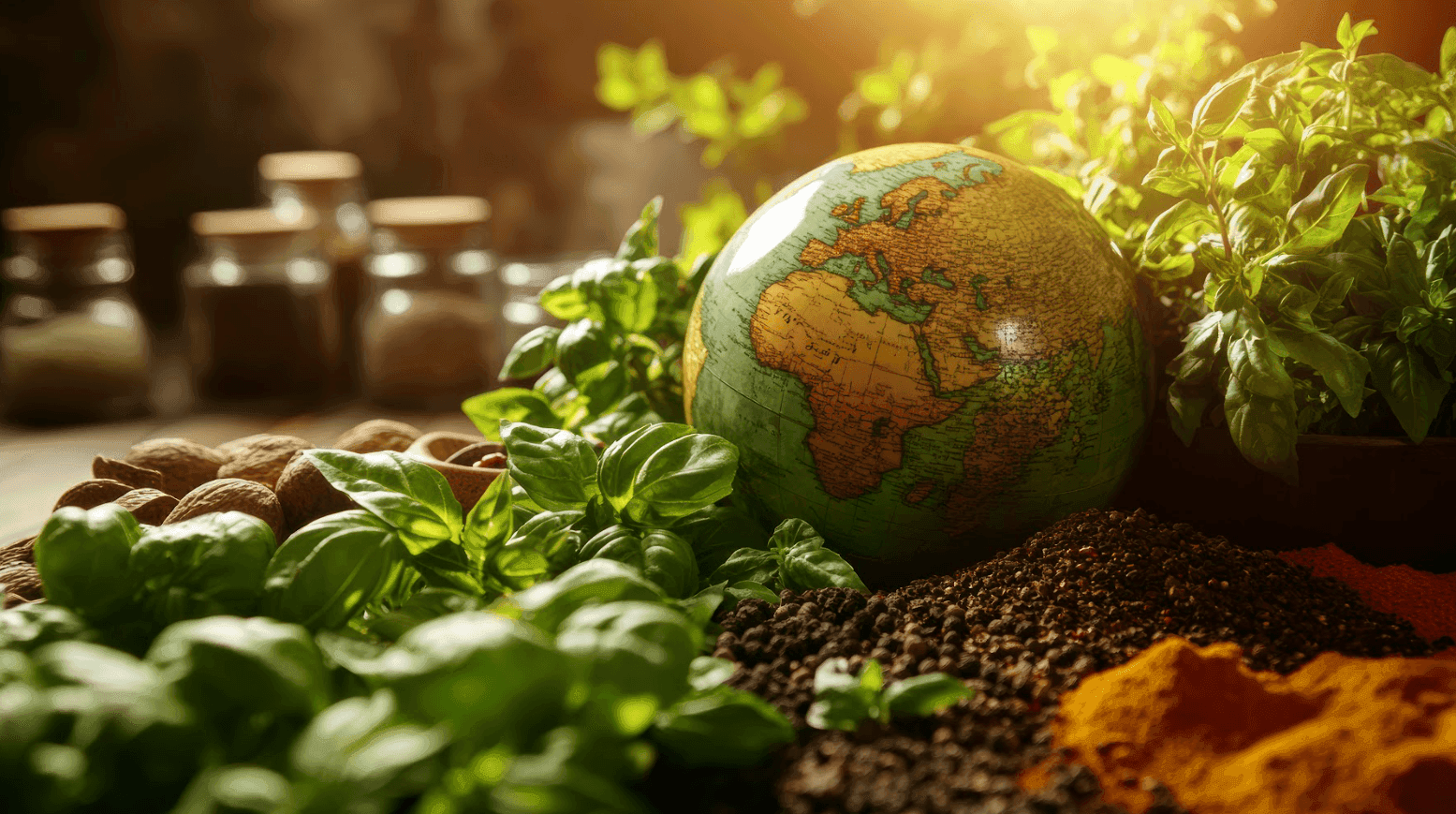
The concept of Circular Economy began to take shape in the 1970s and 1980s, with roots in ideas such as industrial ecology and performance economy, which are approaches related to more efficient resource use, minimizing environmental impacts, and transforming economic systems. The concept of bioeconomy, on the other hand, began to gain prominence a bit earlier, in the 1960s and 1970s, with advances in biotechnology, that is, a bit before the idea of Circular Economy.
Despite this temporal difference, both ideas have evolved in parallel, influencing each other in some aspects due to the quest for more sustainable economic models. Both approaches are inspired by ecological principles and the need to move away from the linear economic model (“extract, produce, discard”) towards more circular, resilient, and sustainable systems. Closed cycles, recycling/reuse of waste, the use of renewable energy sources, and regeneration, for example, are common approaches to both, though applied in different ways.
Considering this historical-conceptual panorama, it is possible to state that sustainable practices for biological resource use (within bioeconomy) complement and reinforce the objectives of Circular Economy. The use of biomass for energy production or the advent of bioplastics are examples that fit both models. Circular economy, therefore, has integrated bioeconomy practices by proposing the efficient use of biological waste and organic materials, transforming them into new products and contributing to the regeneration of natural systems.
Perhaps one of the best representations of the mutual influences between bioeconomy and Circular Economy is the butterfly diagram inspired by the “Cradle to Cradle” model designed by Braungart & MacDonough in 2002.
On the website of our partners, Ideia Circular, it is stated:
“The Cradle to Cradle (C2C or from Cradle to Cradle) design defines a framework for creating products and industrial processes inspired by natural systems, which operate in cyclical flows of materials that are safe and healthy for both humans and nature. In nature, waste can always become food for subsequent processes. In a Cradle to Cradle system, materials are created and used by differentiating the biosphere from the technosphere, thus creating two distinct industrial cycles.”
By focusing on the intelligent use of biological resources and reducing waste, these approaches promote a virtuous cycle of production and consumption, capable of addressing global environmental challenges while fostering a more inclusive, just, and sustainable development. In summary, bioeconomy is circular by nature, in its essence, and has inspired (and is being inspired by) the innovation ideas brought by Circular Economy.
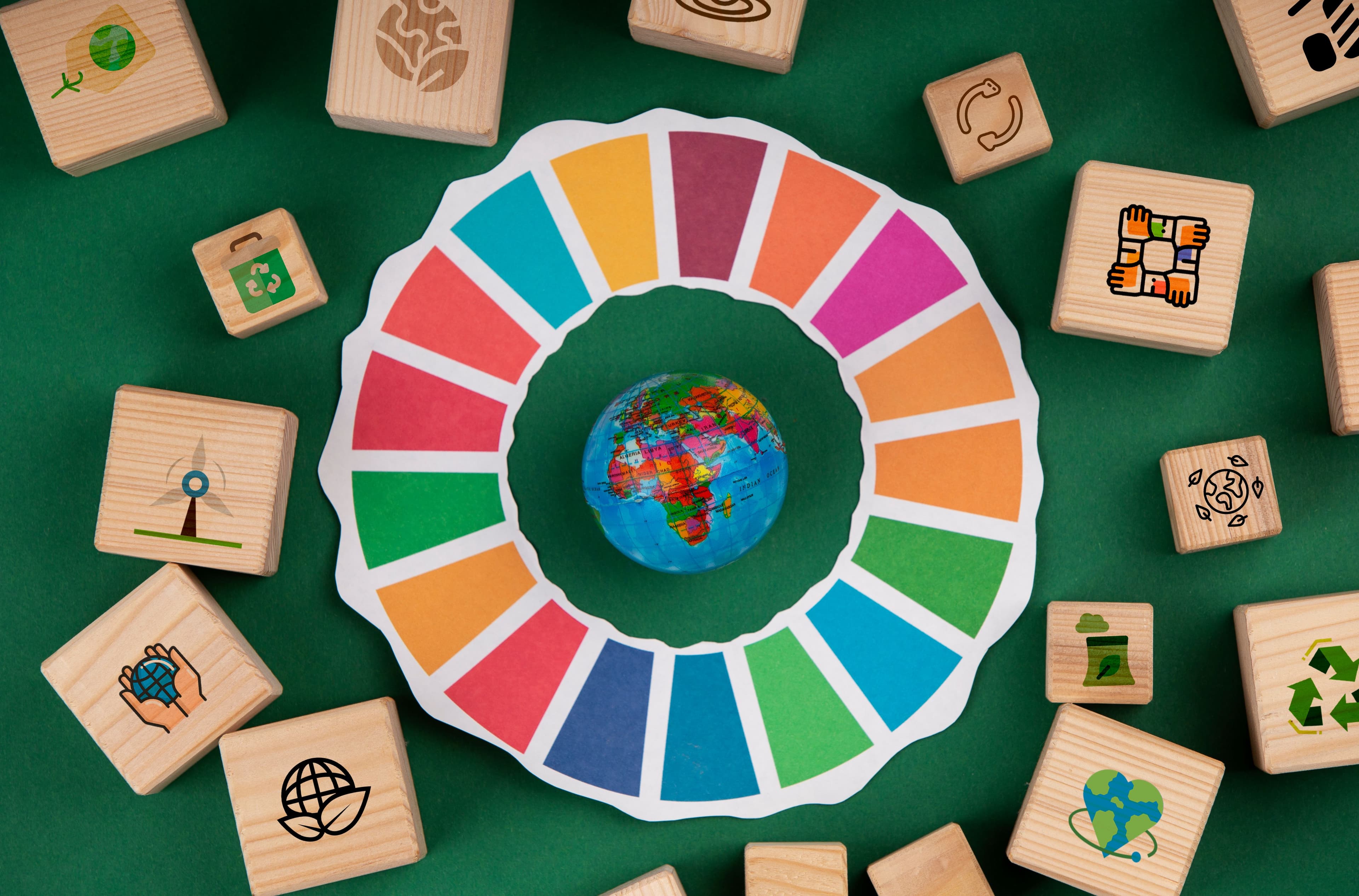
Coevolution and synthesis between the concepts
The analysis of the evolution of concepts and approaches related to the need to develop and conserve is always surprising and broadens our perspective on present actions. Each in its own way, the models of bioeconomy and Circular Economy engage with the ideas and premises of Ecological Economics, a concept that began to be built upon the contributions of Kenneth Boulding (1966) and, in particular, Nicholas Georgescu-Roegen in his book "The Entropy Law and the Economic Process."
In it, Georgescu-Roegen argues that the economy cannot be viewed as a closed system where resources can be reused infinitely without loss, because every economic process generates entropy, meaning an irreversible loss of resource quality. He was also one of the first to criticize the idea of unlimited economic growth, a central concept in traditional economics. Georgescu-Roegen emphasized that continuous growth is unsustainable due to the finite nature of natural resources and its socioecological impacts.
The field of ecological economics, however, began to consolidate as a distinct discipline only in the 1980s. In 1989, the Society for Ecological Economics (ISEE) was founded, and that same year saw the launch of the journal Ecological Economics, which became a key platform for disseminating ideas in this field.
Despite being elegant and essential from a reflective standpoint, ecological economics, and all the ideas and models that engage with this field, to achieve their goals related to a more just, inclusive, and environmentally correct development in its entirety, require changes in culture, values, and purposes in an articulated manner considering all dimensions and social subjects. This task seems increasingly complex within a model that has historically generated more and more exclusion and inequalities.
Check out some examples of bioeconomy around the world:
Brazil
Since June 2024, Brazil has had the National Bioeconomy Strategy, which guides the promotion of sustainable products and processes that use biological resources and new technologies.
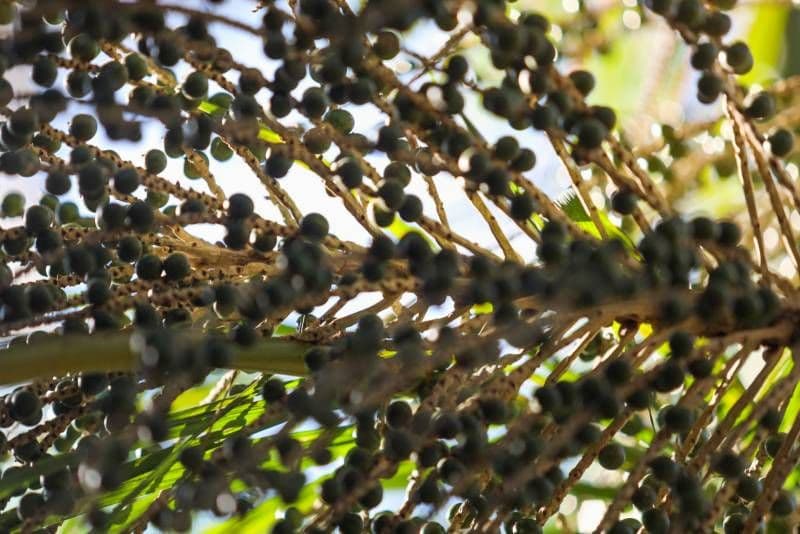
Pará, located in the North Region, stands out in Brazilian bioeconomy through the production of two key products: Brazil Nut (or Pará Nut) and Açaí.
For example, in 2022, national açaí production — a fruit native to the Amazon — involved the contribution of 14 Brazilian states. Pará significantly stood out, producing 1.7 million tons, about 90.4% of the total fruit production. The data is from the Amazon Foundation for Research and Studies (Fapespa). Sustainable açaí cultivation contributes to environmental conservation and socio-economic development. Other data shows that in Brazil, between 1987 and 2022, açaí production increased from 145.8 thousand to 1.9 million tons - more than a 13-fold increase over 36 years.
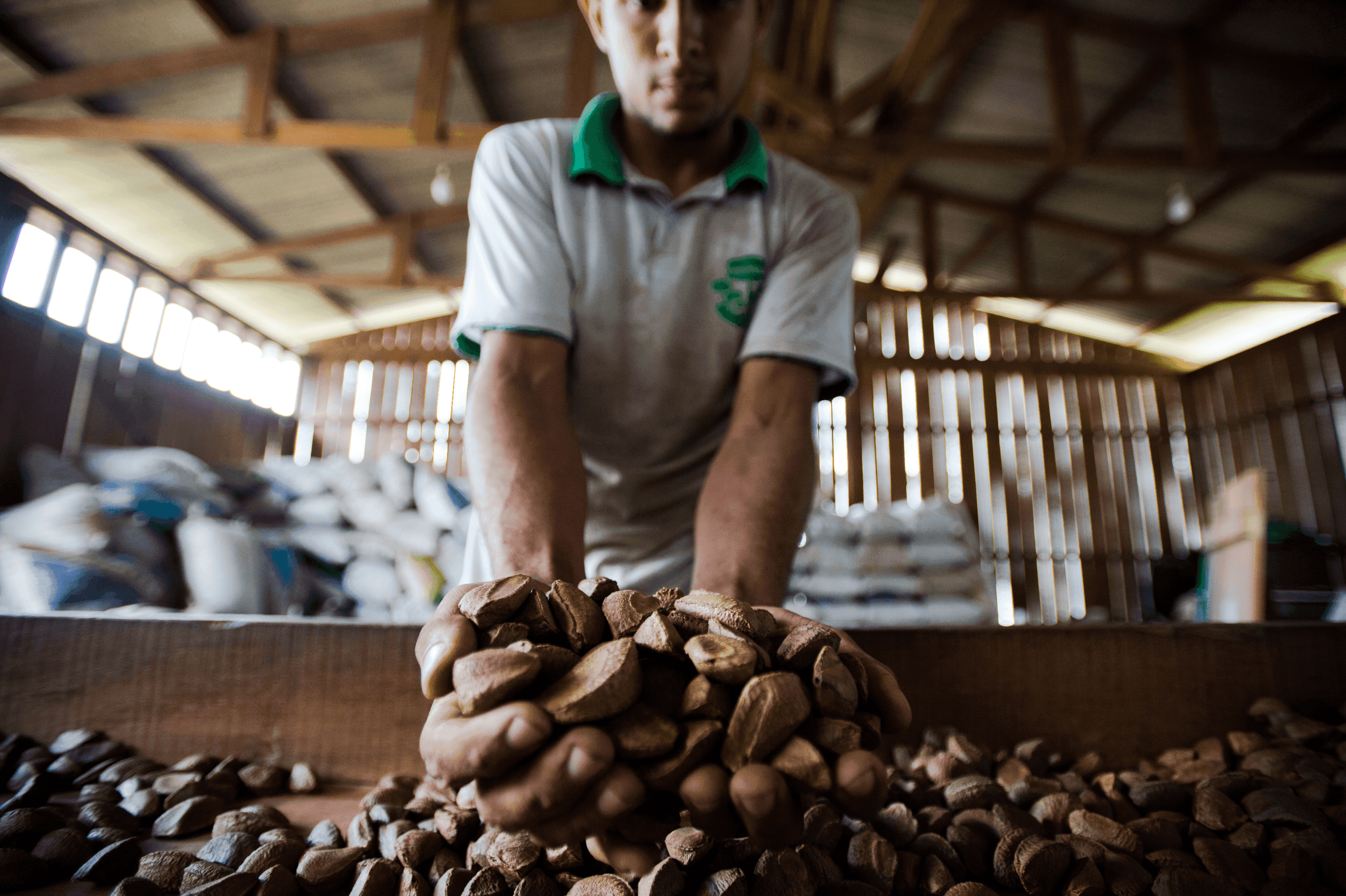
At the same time, Brazil Nut also stands out in Brazilian bioeconomy. In 2022, Pará was the third largest producer of Brazil nut in the country, with over 8.8 thousand tons, generating a value of over R$ 31 million in production. The collection and processing of Brazil nuts involve local communities and cooperatives, which practice sustainable management of Brazil nut trees. This model not only generates income and preserves the Amazon rainforest but also stimulates natural regeneration and prevents deforestation.
Additionally, Pará is preparing to host the 30th UN Conference of the Parties on Climate Change (COP30), which will take place in the capital, Belém, in November 2025.
United States
The main focus of bioeconomy in the United States is linked to technology. The government promotes the substitution of non-renewable resources with biotechnologies, with a focus on biofuels and bioplastics, through public-private partnerships and programs such as the BioPreferred Program. Managed by the USDA (United States Department of Agriculture), this program sets mandatory purchase guidelines for federal agencies and offers voluntary labeling for certified bio-based products - which are alternatives to petroleum-based products.
European Union
In the European Union, the focus of bioeconomy is on sectors such as agriculture and forestry, aiming to achieve carbon neutrality and protect biodiversity. The highlight is the European Circular Bioeconomy Joint Undertaking - a public-private partnership created in 2021 to finance and accelerate innovation in sustainable bio-industries. Based in Brussels, the company seeks to replace fossil raw materials with renewable ones and strengthen local economies, enabling initiatives in areas such as bio-based chemicals, packaging, food and cosmetics, crop protection, digital tools, textiles, policies and awareness, and bio-based polymers and plastics.

